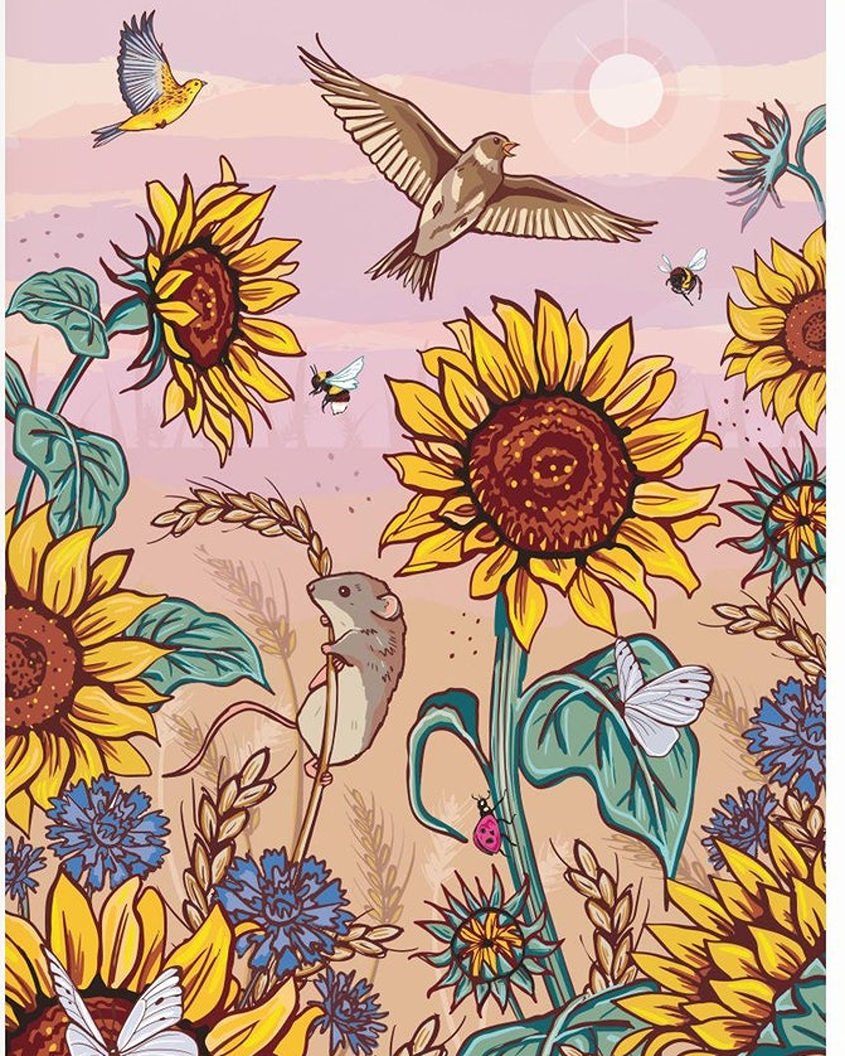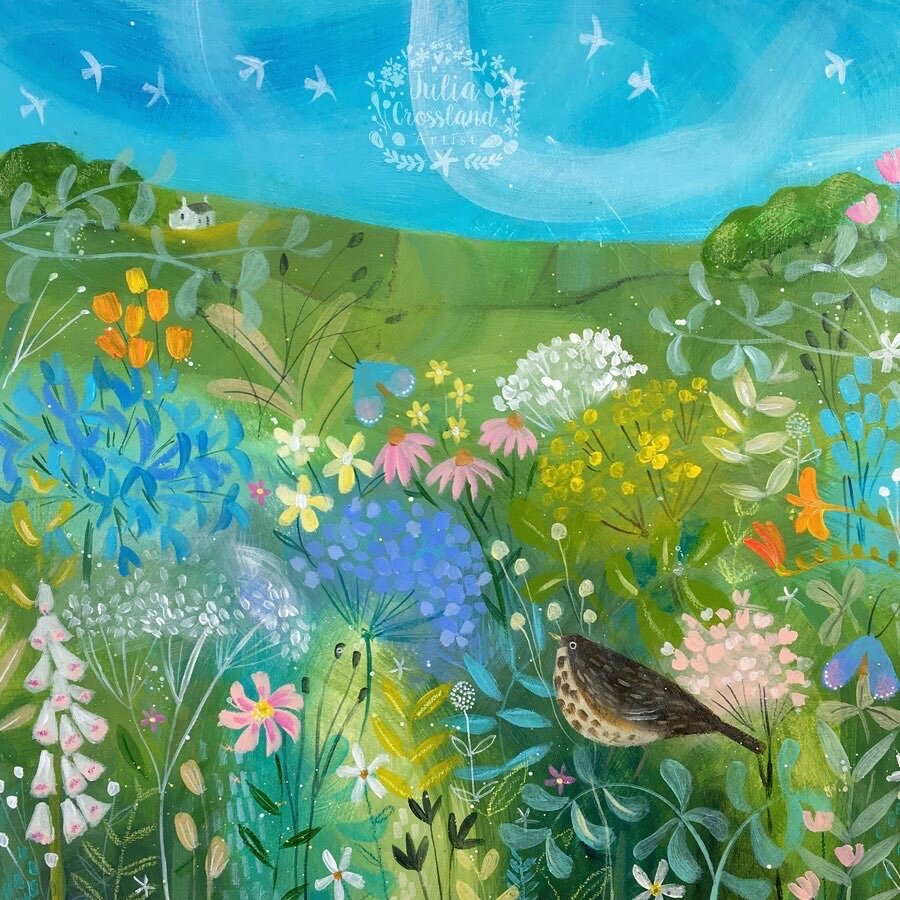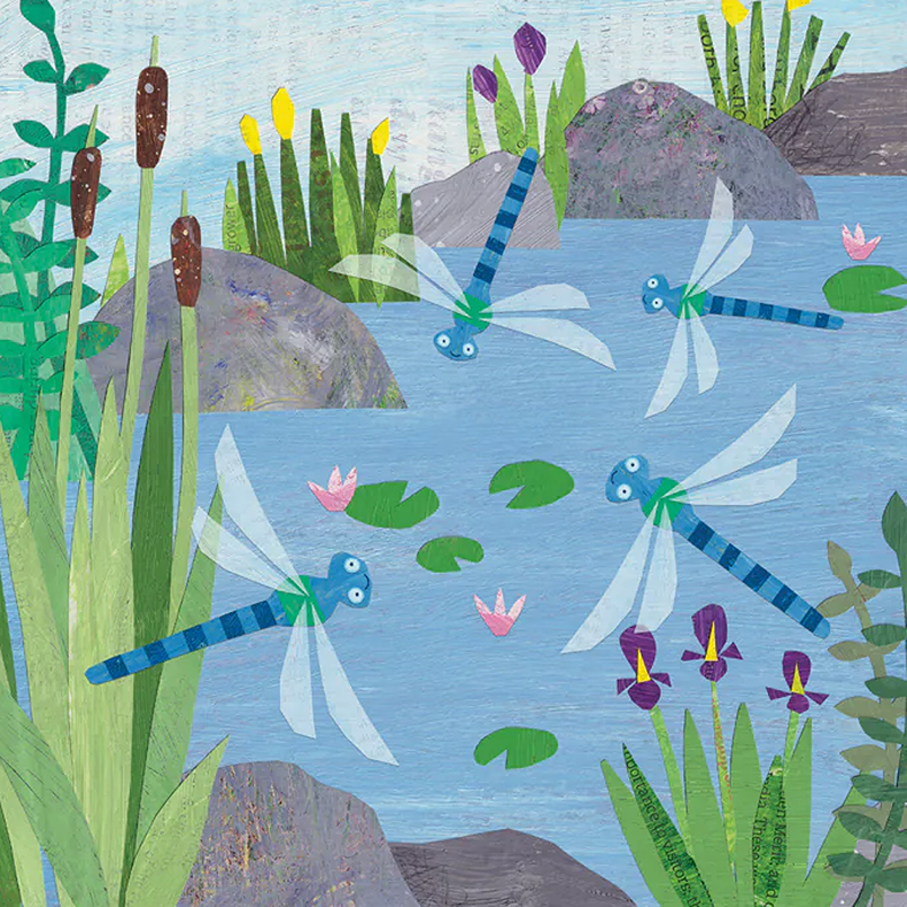How to Grow Your Own Cheerful Sunflowers

Sunflowers are many people’s favourite flower. Who could not love them? These very-easy-to-grow flowers are tall and bright, and give off beautiful yellow blooms loved by humans and all other creatures. The seeds are adored by birds (finches and woodpeckers) and mammals of all types. Bees and butterflies also love them, as a source of pollen in wildlife-friendly-gardens.
Use no-dig gardening to avoid harming earthworms and stag beetles. Sunflowers are not ‘toxic plants’ to pets, but still learn about pet-friendly gardens (seeds are high in fat and could be a choking hazard to rabbits and guinea pigs).
If growing or displaying plants indoors, never face them to outdoor gardens, to help stop birds flying into windows.
The History of Sunflowers
Humans and sunflowers have been happily friends for centuries. The flowers are native to North America, long before they reached English shores. Native Americans grew them for edible seeds and oil, and even for dye. The high protein provided food and medicine, and the oil was used for cooking and skincare.
By the 16 century, European explorers had brought sunflowers to England. Symbols of happiness and hope, Van Gogh’s painting celebrated their beauty, though he only ever sold one painting in his life (and not of a sunflower). Today his sunflower paintings are worth around £87 million.
As he died in 1890, Van Gogh’s works are in the public domain. So you can share them with whoever you like. That’s likely what he would have wanted, rather than selling them to huge rich art galleries. Having said that, if you want to view the original, just pop the National Gallery in London where it’s displayed. Entry is free.
How Sunflowers Follow the Sun
What’s amazing about sunflowers is that they can track the sun through the day, almost telling the time! They face east in the morning, then turn to follow the sun as it sets in the west. Then it rests overnight, and does the same the next day. This daily dance is called heliotropism.
How does it do this? Its stem grows quicker on one side, causing the sunflower head to bend, in search of light. The reason it does this, is to help the plant soak up energy, needed for strong growth. Clever sunflower!
As sunflowers get older, they stop moving (like we all do!) So they stay facing east, to help them warm up quickly (and attracting pollinators first thing in the morning). It’s like they know at the end of their life, they still want to do everything they can, to help the bees and butterflies.
Growing Sunflowers is Simple
If you gardened with your parents, you’ll know that sunflowers are a great starter flower. Not only are they super-easy to grow and super-positive, but they grow quickly, so even an uninterested child will soon be outside watching the flowers bloom.
Start with good seeds and good soil. And remember that if using for cut flowers, leave some seeds for the birds! Giant Yellow variety produces enormous blooms, to grow your own ‘nature’s anti-depressants’.
The large flower heads are filled with edible black seeds, and the plants reach an impressive 2 metres. Loved by bees and butterflies (and other beneficial insects), they make beautiful flowers for the vase too.
Sow outdoors from April or May, and keep soil moist for healthy germination. They bloom from July to September, adding charm and colour to your garden all through summer.
If you spot aphids (tiny green insects) on new growth, use wildlife-friendly gardening tips to encourage ladybirds, which eat them up like nobody’s business. If slugs or snails are nibbling lower leaves, use humane non-toxic slug/snail deterrents.
Harvesting and Enjoying Your Sunflowers
If displaying sunflowers, cut them in the morning, just as petals are opening. Use sharp shears, and place stems in cool water. Sunflowers are annuals, so finish their life cycle each year. You can collect and store dropped seeds, to replant next spring.
GrowBar Sunflower Bar

Growbar Sunflower Bar makes it easy to grow bug-friendly flowers for your garden.
The bars are nestled in fertile coir (coconut fibre), packaged by a small team in South London. The film wrap is made from sugar cane waste, and easily recycled.
To use, just unwrap the Growbar and place with the brown protective paper facing up, in a container with plenty of space to expand. Gently pour half a litre of water into the tray, then position indoors on a warm bright sunny windowsill (not facing gardens, to avoid confusing birds).
The seeds should be 18°-22° to germinate. Water regularly to keep it the colour of rich dark ginger cake. When the seedlings produce 4 to 8 leaves, gently separate into little flowerpots, where they will continue to grow on the windowsill (or plant in a sunny weed-free spot in the garden).
The bar will grow:
- Red Sun (annual) has huge flowers with bronze centres
- Vanilla Ice (annual) has yellow cream flowers with chocolate eyes!
- Sungold (annual) are much-loved giants with abundant seeds






